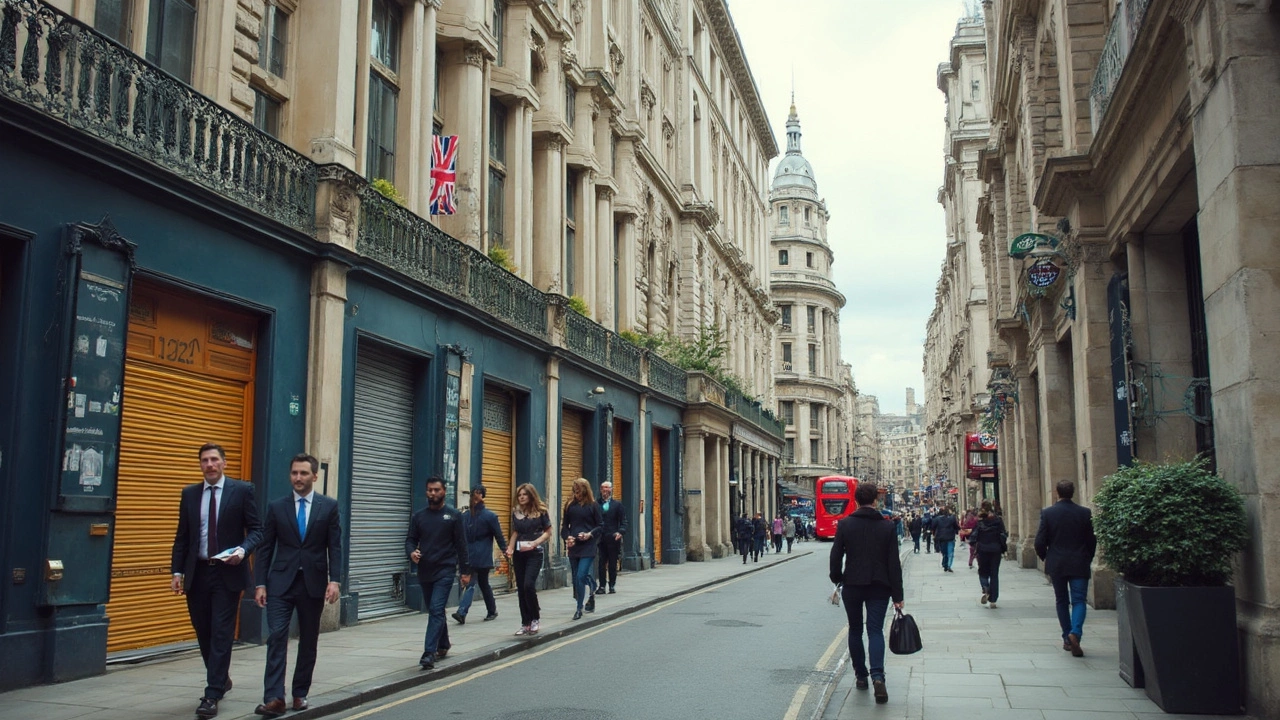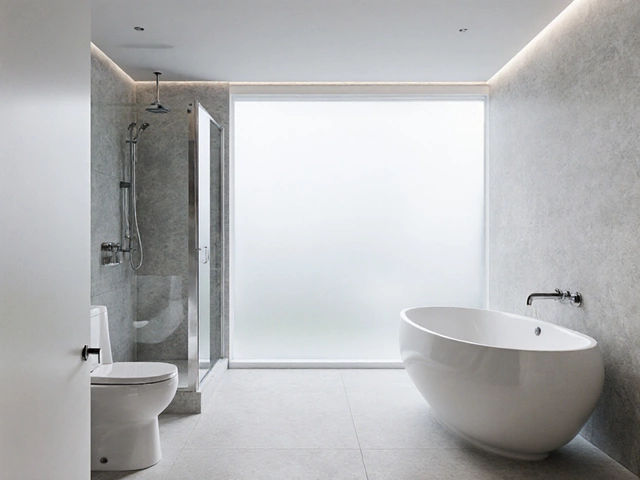Buying Storage Units: Choose the Right Size and Keep Costs Low
If you’re thinking about renting a storage unit, you probably have two big questions: how big do I need and how can I keep the price down? The answer isn’t a one‑size‑fits‑all formula, but a few simple steps can make the whole process a lot smoother.
Figure Out the Right Size
The first thing to do is take inventory of what you actually want to store. Pull out the biggest items – a sofa, a mattress, a bike – and measure them. Write down length, width and height for each piece. Once you have those numbers, add a little breathing room; you’ll need space to move things around and to close the unit door.
Next, match those dimensions to common storage unit sizes. In the UK, a 10x10 ft (about 3x3 m) unit fits a bedroom set, a few boxes and a small chest. A 10x20 ft unit can hold the contents of a two‑room flat, including larger furniture. If you’re not sure, start with a medium size and use the extra space for boxes, seasonal items or future purchases.
Another quick trick is to use a spreadsheet or a free online calculator. List each item, its volume (cubic feet) and total it up. Compare that total to the listed capacity of the unit you’re eyeing. If the numbers are close, you’ve found a good fit.
Cutting Costs When You Rent a Unit
Storage units can add up quickly, especially if you’re paying monthly. One of the easiest ways to save is to look for promotions. Many self‑storage companies offer the first month free or a discounted rate for the first three months. Sign‑up during a slow season (usually winter) to snag better deals.
Consider the location of the facility. Units on the back side of the lot or farther from the main office are often cheaper. The trade‑off is a longer walk to your unit, but the savings can be worth it.
Another cost‑cutting tip is to choose a unit with a simple door lock instead of a high‑security system. Unless you’re storing extremely valuable items, a basic lock works fine and costs less.
Lastly, keep an eye on the lease terms. Some places charge a penalty for early termination, while others allow month‑to‑month agreements. If you think you’ll need the unit for less than a year, a month‑to‑month deal prevents hidden fees.
Putting these ideas together makes the decision less stressful. Measure, compare, and hunt for the best price – that’s the recipe for smart storage unit buying.
When you walk into a facility, ask the staff to show you a few unit sizes. Ask about any current discounts and whether they have a price‑match policy. A quick chat can reveal hidden savings you might otherwise miss.
Remember, the goal isn’t just to stash things away; it’s to do it in a way that fits your budget and your space needs. Follow these steps, and you’ll feel confident that you’ve chosen the right unit without overpaying.

Is Buying Storage Units a Good Investment?
Buying storage units might seem like a trendy investment, but is it really worth your time and money? This article will dive into the ins and outs of investing in storage units. Discover the potential profits, challenges, and valuable tips to guide your decision. Whether you're a seasoned investor or just curious, this guide offers a practical look into the world of storage unit investments.
Categories
- Storage (27)
- Bathroom (18)
- Sofas (15)
- Curtains (15)
- Home Decor (12)
- Bedding (11)
- Kitchenware (11)
- Cushions (11)
- Mirrors (10)
- Rugs (9)
Popular Articles

Is It OK to Sleep with No Curtains?
Apr, 11 2025


